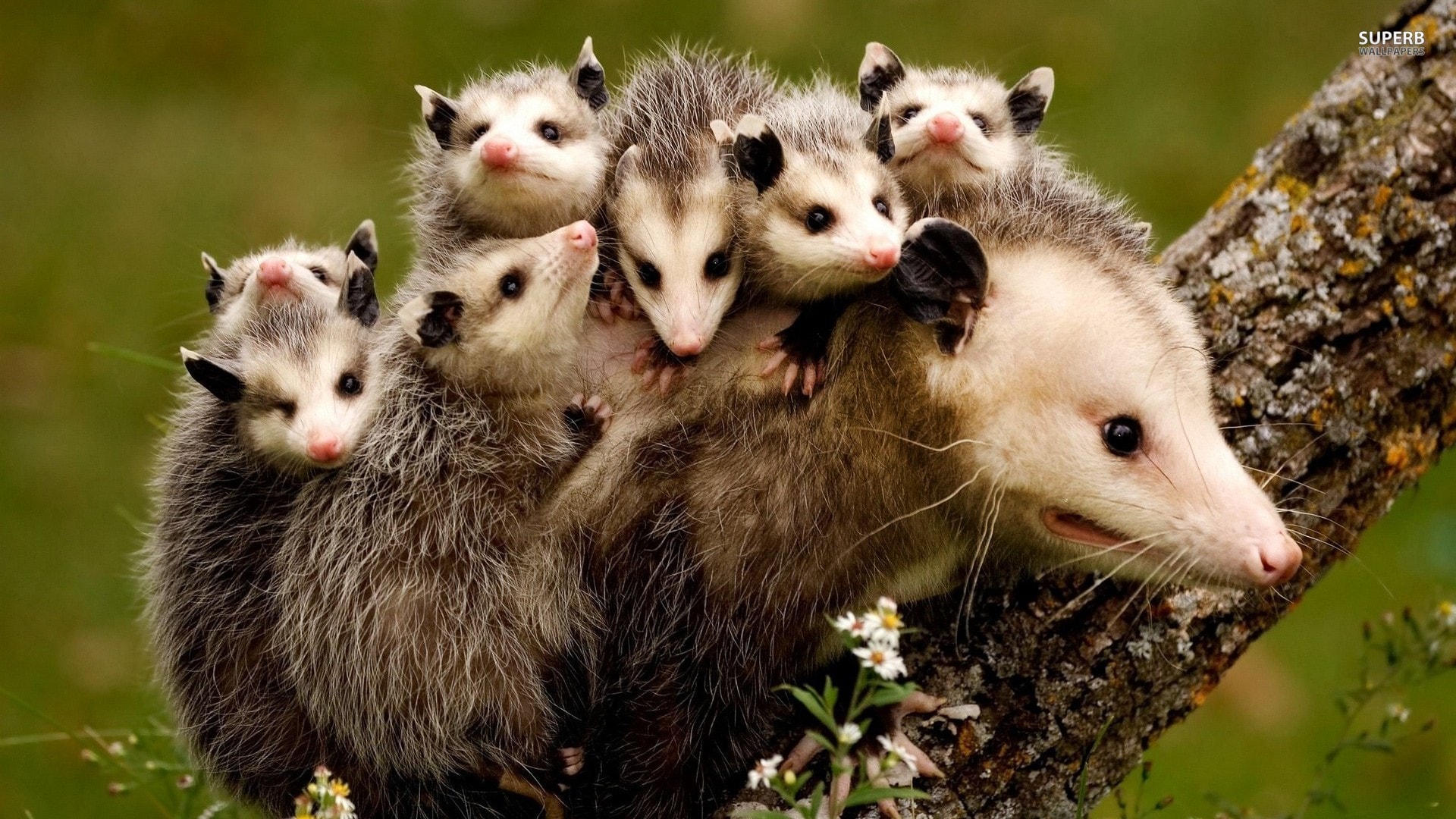Biogeography, spatial patterns and conservation of marsupials in the world
Marsupials are a suitable group for phylogenetic and spatial analysis due to their current disjunct distribution.
Speakers
Content navigation
Description

Marsupials are a suitable group for phylogenetic and spatial analysis due to their current disjunct distribution.
By combining genetic and geographic data our aims were to determine the possible ancestral distribution of marsupials, diversification rates and identification of evolutionary hotspots across different biomes of the world.
Our results showed that the ancestral area reconstruction for marsupials involves different dispersal and vicariance events like other groups with similar distribution.
We also identified marsupial refugia areas mainly in temperate and montane biomes and neo-endemism in the tropics.
The combination of different events shaped the extant marsupial distribution and American lineages started radiating during the Late Cretaceous and have diversified less compared to the Australasian lineages.
Margarita is from Mexico City, where she completed a Bachelor degree in biology (2000-2006), and a Masters in Biodiversity and Conservation (2007-2009). She then completed a Masters in Biodiversity, Genetics and Evolution in Porto, Portugal (2009-2011).
It was during her undergraduate degree that Margarita became fascinated by marsupials. “My interested was sparked when I found out there were more marsupials than the ‘classic’ kangaroo and koala. In fact, the opossum is native to Latin America, and that there are eight species in my home country of Mexico.”
Location
University of Canberra, Building 6, Level C, Room 12
